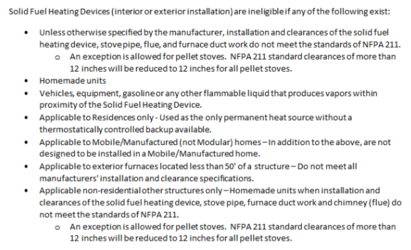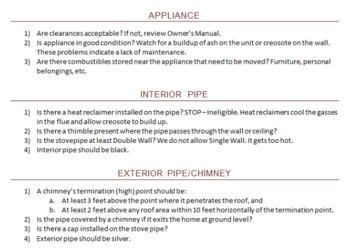Hi All!
What a great forum! Never posted here before and I'm looking for some help. I tried to find my answers in previous posts without much luck, so I apologize if this a repeat. If so any help finding the previous thread would be very much appreciated. Anyhow, I saved a Fisher (i'm thinking grandpa bear model) stove from scrap and I would like to put it in my home. It's not UL listed, but my understanding is I can follow original install instructions and still be insurable. If theres a link to the manual that'd be awesome. Besides that, I was hoping some of you all could help me figure out if there is anything I need to do before install. I'm gonna refurbish the exterior by way of youtube video, other than that, I was looking at the doors and wondering if they need fiberglass insulating rope around the exterior. Other than that, I'm not sure what else needs to be done. Any insight would be very much appreciated. I've attached photos. It is an 8" stove pipe opening.
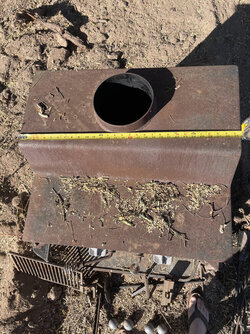
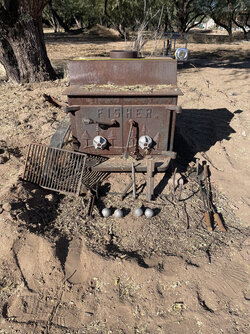
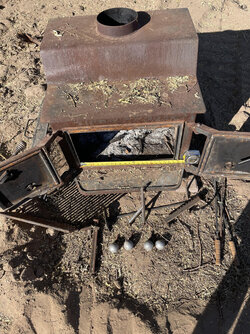
What a great forum! Never posted here before and I'm looking for some help. I tried to find my answers in previous posts without much luck, so I apologize if this a repeat. If so any help finding the previous thread would be very much appreciated. Anyhow, I saved a Fisher (i'm thinking grandpa bear model) stove from scrap and I would like to put it in my home. It's not UL listed, but my understanding is I can follow original install instructions and still be insurable. If theres a link to the manual that'd be awesome. Besides that, I was hoping some of you all could help me figure out if there is anything I need to do before install. I'm gonna refurbish the exterior by way of youtube video, other than that, I was looking at the doors and wondering if they need fiberglass insulating rope around the exterior. Other than that, I'm not sure what else needs to be done. Any insight would be very much appreciated. I've attached photos. It is an 8" stove pipe opening.





